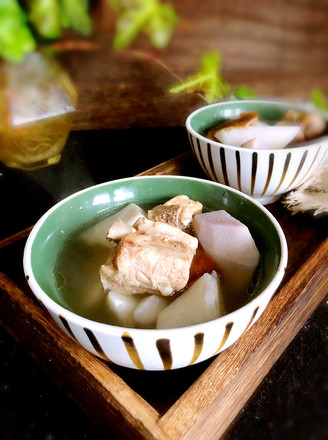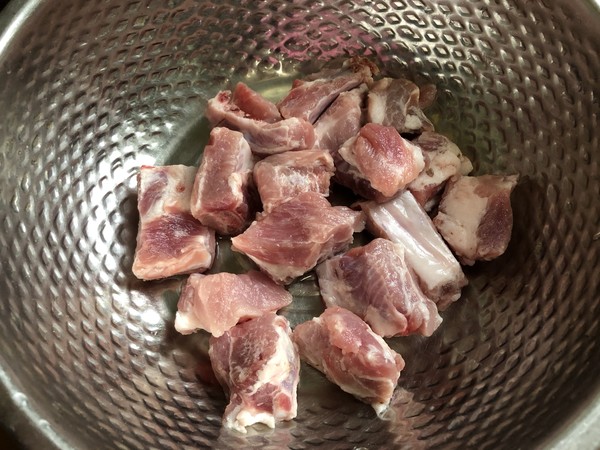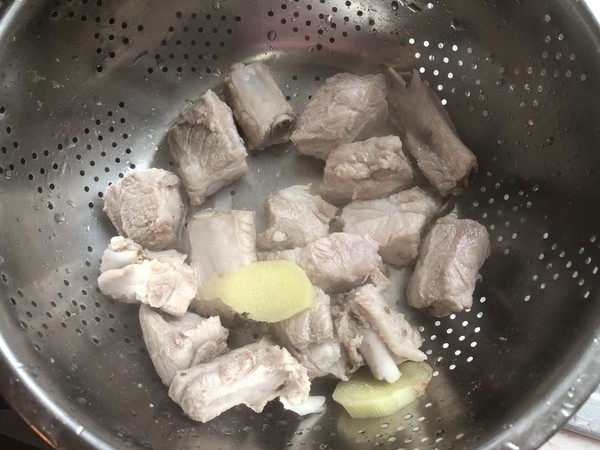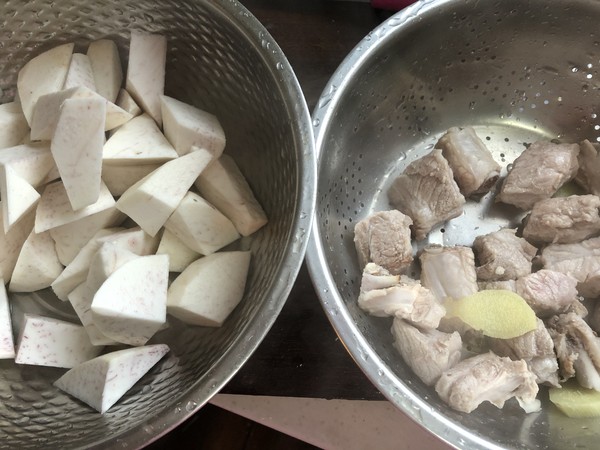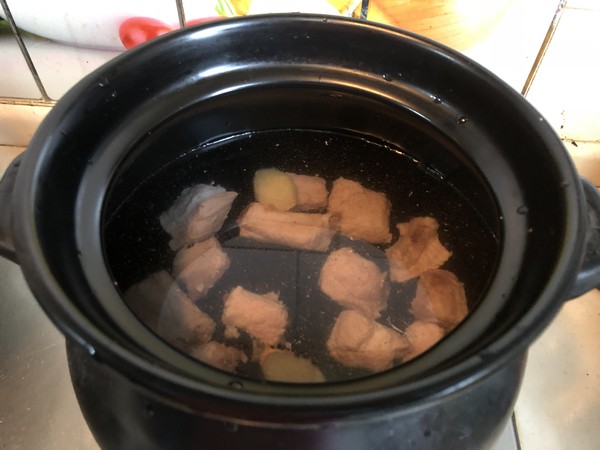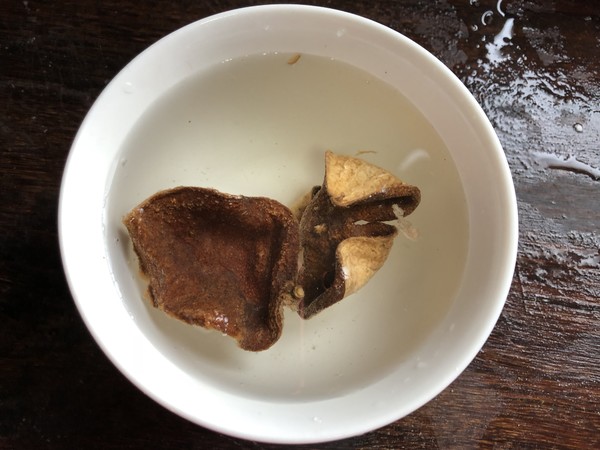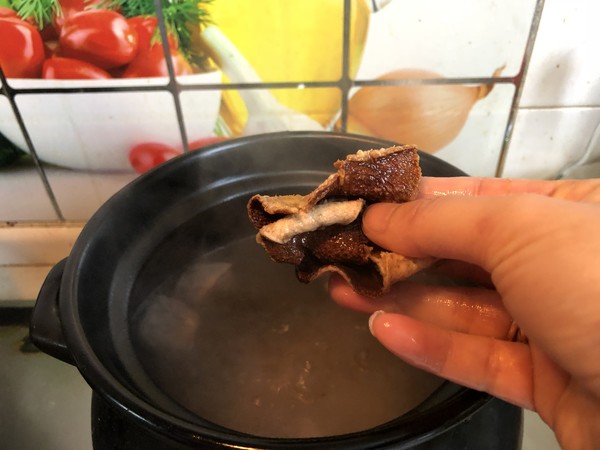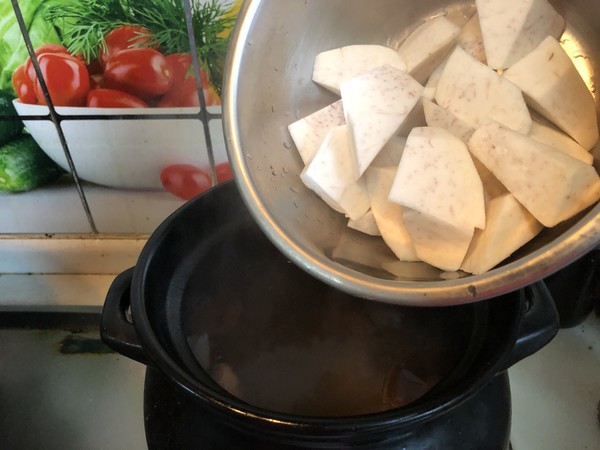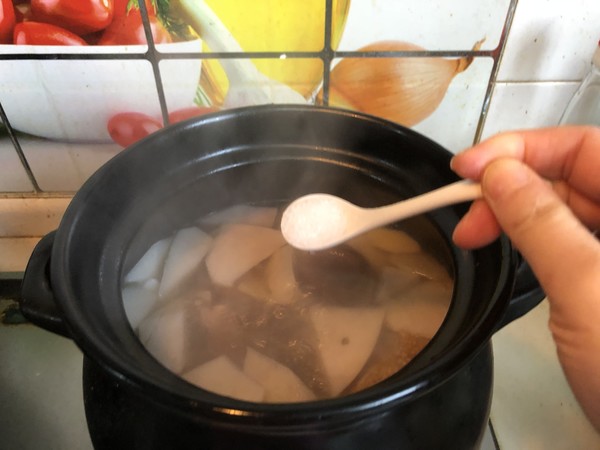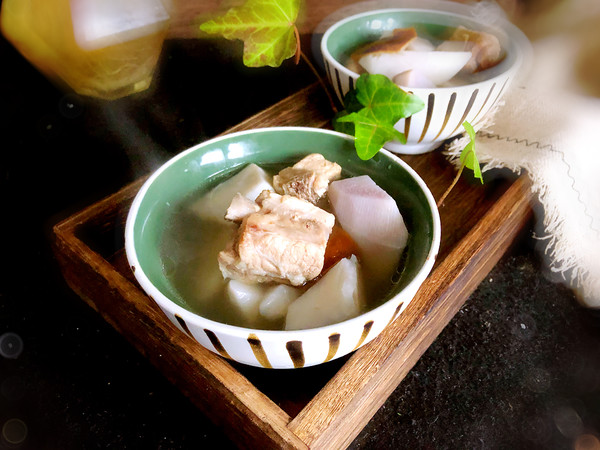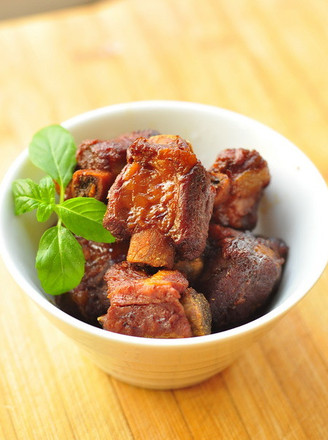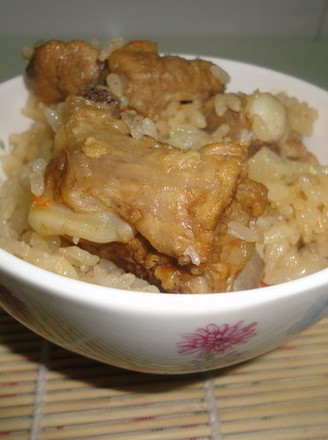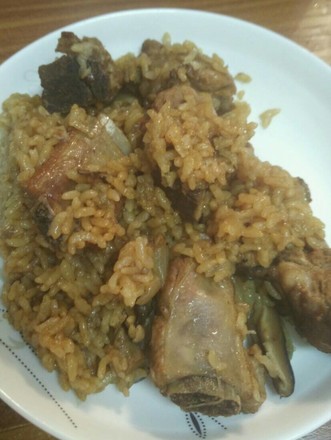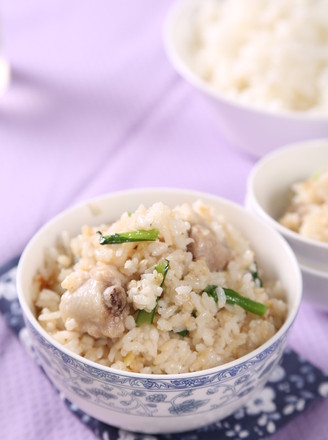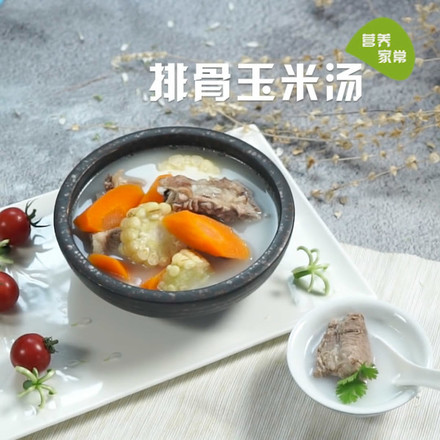Stewed Pork Ribs with Taro
by Mother Maizi
Favorite
Difficulty
Easy
Time
1h
Serving
2
Stewed pork ribs with taro is a home-cooked dish. Although it is simple to prepare, it is rich in nutrition! So it is loved by everyone! Let's talk about pork first. It has a flat and sweet taste, and has the effects of moisturizing the intestines and stomach, promoting body fluid, invigorating the kidney qi, and detoxifying heat. Let's take a look at taro. The nutritional value of taro is very high. It is rich in protein, calcium, phosphorus, iron, potassium, magnesium, sodium, carotene, niacin, vitamin C, vitamin B1, and many other nutrients. Therefore, the combination of the two has the effects of nourishing the lungs and kidneys, strengthening the spleen and soothing the nerves! In this big winter with heavy snow, you who come home from get off work can immediately eat a bowl of steaming taro stewed pork rib soup. That is the real warmth to home! This time I tried taro stewed pork ribs with Xinhui tangerine peel. After I tasted it, I felt that in addition to the faint fragrance of tangerine peel in the whole soup, the pork ribs tasted more fragrant than usual!

